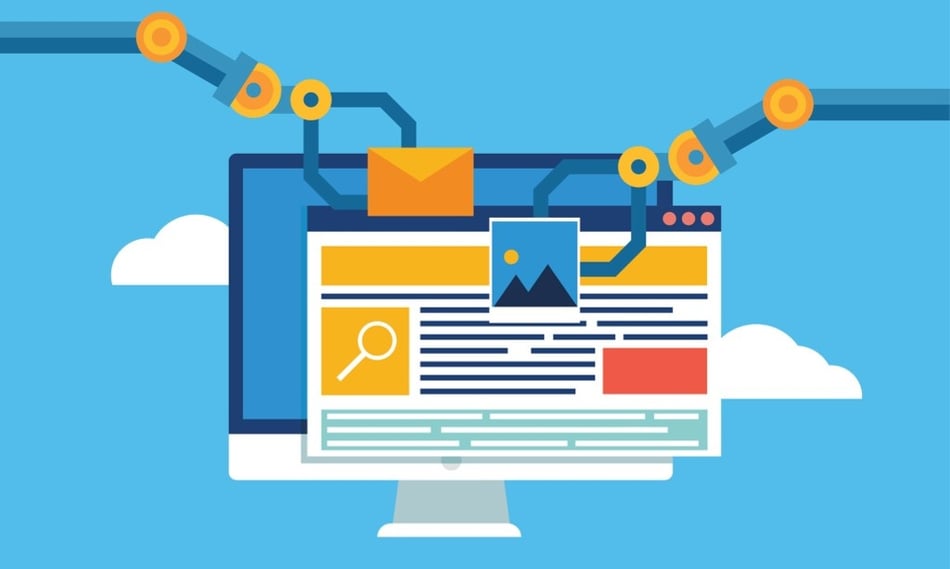Everything You Need To Know About Marketing Automation

Marketing automation (MA) is growing in popularity for marketers because lead nurturing is particularly difficult to measure. Successful MA platforms can turn leads into genuine sales and help grow your business quickly. But how do people and processes make or break Marketing Automation efforts?

It is a fact that many B2B businesses have no idea what the returns on their marketing investments are. Questions like 'How much revenue did the last e-mail campaign generate?' or 'How many leads came in as a result of the new landing page I created?' leave them struggling for answers. Without concrete facts and figures to support their marketing efforts they are often forced to resort to best-guest answers.
I want to share some useful points from a webinar I recently attended titled: Everything You Need to Know about Marketing Automation but Were Afraid to Ask – presented by the American Marketing Association. They discussed the need for a systematic approach when getting started with marketing automation and the importance of aligning sales and marketing departments in order to realize sales growth. Most companies see a lift in revenues between 27-30% by using marketing automation – this will undoubtedly help to improve accountability for your efforts!
Starting points:
- Return on Marketing Investment is only possible when marketing and sales are truly aligned
- How can you tell if a lead is warm enough? – Companies need to set up lead scoring through a multi-dimensional scoring system – essentially this determines readiness to talk to sales
- Marketing Automation platforms send tailored messages at appropriate intervals. You should be monitoring progress and make changes as needed. Look at prospects behavior – click through rates, etc.
- Companies need to develop content assets and map content to different stages of buying cycle: Awareness, Comprehension, Consideration, Preference, Loyalty
- Content Asset Examples:
- Industry Trends
- Datasheets
- Case Studies
- White Papers
- Analyst Reports
- Demos/Pilots
- F2F Meetings
- Newsletters
- Promotions
- Social Media
- Product fit, cost, risk, relationship are different at different stages in the buying cycle
- Need to manage fit and engagement carefully – someone might be qualified, but not interested
- Content Asset Examples:
Benefits of Marketing Automation
- Marketing and sales alignment – higher quality leads passed to sales
- Higher percentage of marketing sourced opportunities
- Refined targeted audience profiles
- The ability to test…and test again!
How to get started:
- People – take stock of internal and external resources
- Partners
- Analytical in-house staff
- 2. Processes
- Lead Management
- Executive support (very important) and marketing/sales support
- 3. Technology
- Find a solution that you can grow into, not out of (Consider business goals for next 3-5 years)
When deciding between platforms consider the following
- Ease of use
- Learning curve
- Sales enablement tools
- Scalable to support multiple business units, regions, etc.
- Vendor Support – Customer Service, Partner Network, Education
- Reporting
- Flexibility to fit multiple business models
- Integration with existing infrastructure
- Position in the marketplace
- Validation agnostic resources
.png?width=2361&height=488&name=Mezzanine%20Logo_Horiz_RGB_on%20blue%20(1).png)
